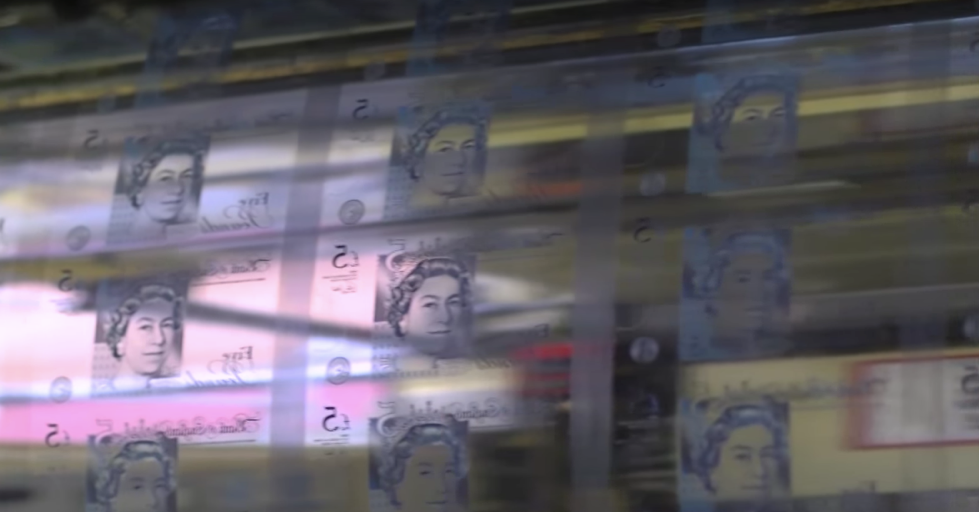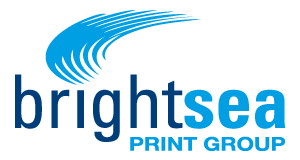
Children and adults across the world can often wonder exactly how the money in their hands is produced. For all of our important printed products, such as banknotes, passports and ID cards, experts at Basingstoke based De La Rue have poured thousands of hours into perfecting the security and design. In this article, we look at the history of the company, the roles and responsibilities that it holds within the modern world, and how they produce our most vital printed materials.
What is De La Rue?
The company has its headquarters in Basingstoke along with sites in Gateshead, Loughton and Bathford. They also operate overseas sites in Kenya, Sri Lanka and Malta. The company is responsible for manufacturing paper and security products used across the world, such as banknotes, passports, cheques, ID cards and stamps. The design team there are responsible for not only making the products aesthetically pleasing but also making them secure against forgery and counterfeit replication.
The company was founded in 1821 by Thomas de la Rue, starting with the production of straw hats but eventually moving into producing stationery. Ten years later, he transformed the design of the playing after having filed for a patent. Some of the improvements de la Rue bought included early colour printing. The patent was granted a year later in 1832 by William IV. In 1841, twenty years after starting up, the company received its first order for the printing of train tickets. Five years later, they were producing one and a half million tickets every week, a mind-boggling number even today!

In 1853, the company was awarded its very first stamp contract. This was for the Board of Inland Revenue receipt stamps for that year. Continuing to be at the forefront of innovation, the company used its typographical process; in turn, this created the world’s first surface printed stamp. Two years later, the company was awarded its first postage stamp contract which eventually led to them being a world leader in security printed materials.
In 1860, the company produced its first ever paper money. The contract was with the government of Mauritius and required the printing of £5, £1 and 10 shilling banknotes. These notes were printed with new designs such as micro-lettering and colour print, showing a revolution in security and design.
1914 saw the first ever De La Rue produced UK bank notes, these were 10 shilling notes and were printed due to the outbreak of the war. This sent production into overdrive and saw over 2.5 million notes produced during the first five weeks. Fast forward to 1967 and the company has jointly developed and installed the world’s first through-the-wall automated teller machine (ATM).
In 2009, the company won the contract to produce UK passports and renewed its contract with the Bank of England to continue to print sterling. Finally, in 2016, the company released the first ever polymer UK banknote, the Winston Churchill five-pound note.

The Process of Printing Money
The process of producing printed securities is something that is quite rightly safeguarded. However, the Bank of England released a brief video that shows the process of how they print the new fiver. The process is as follows:
Polymer sheets are shipped to De La Rue from Innovia, a speciality manufacturer, with the see-through windows already in place. The note is then printed with the design; in this case, it is of Winston Churchill. Following this step, the sheets are fed into the foiling machine in which the foils are applied from a tape onto the note. The Queen’s head is added to the note after this step, and the notes are UV treated on both sides. Finally, the banknotes are counted and cut by a guillotine. The notes are checked with over 200 separate tests to ensure quality and security.
There are certain security features placed on five and ten-pound notes to eliminate the possibility of counterfeit replication; these include:
– Foil colouring of objects with different colours on the back to the front.
– Words appearing differently depending on the angle at which you look at the note
– Raised print on words such as ‘Bank of England’
– Coloured borders
– Microlettering
– Print quality
– UV security features
These features are designed and implemented by the team at De La Rue to increase the security of the notes.
Unfortunately, we aren’t able to print money, but we can print some top-notch booklets, posters and magazines! If you are interested in our Exeter printing services, why not get in touch here?
Image Source: Bank of England

